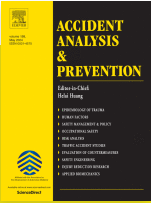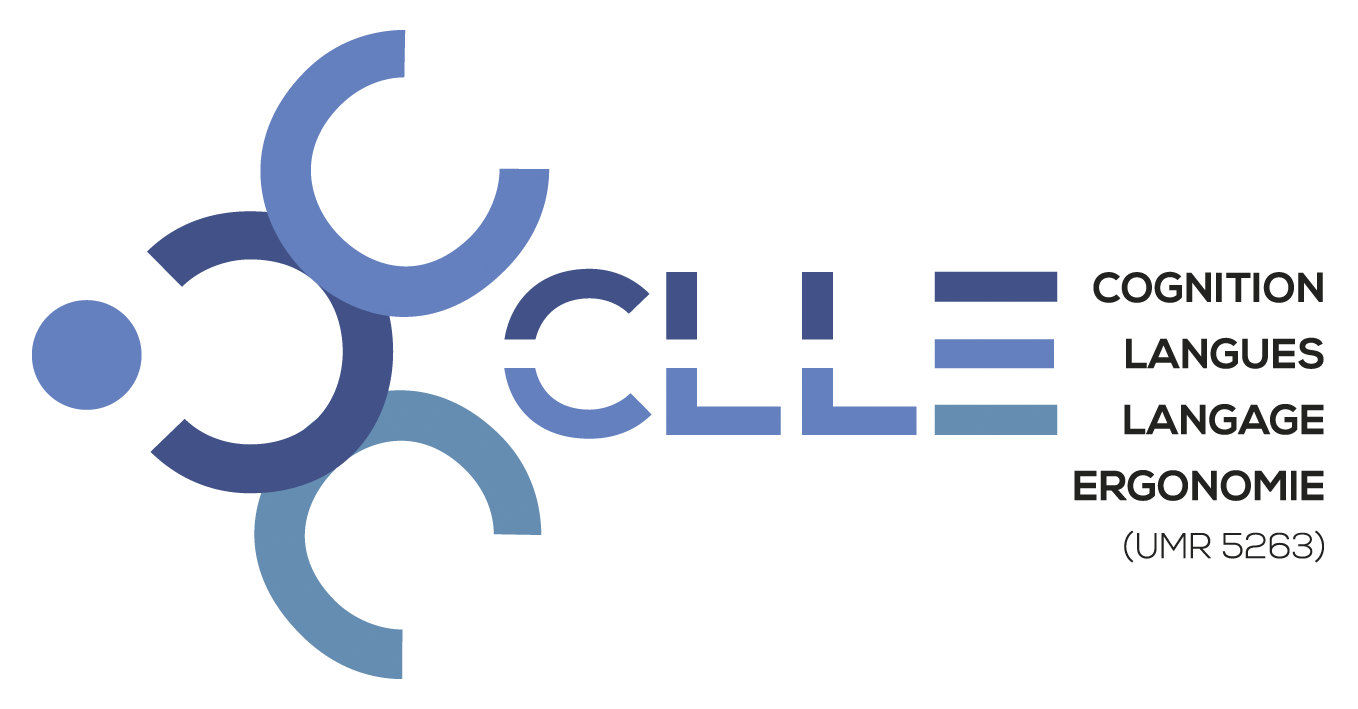-
Partager cette page
Personalizing automated driving speed to enhance user experience and performance in intermediate-level automated driving
Publié le 18 mars 2024 – Mis à jour le 6 juin 2024
M. Delmas (CLLE), V. Camps, C Lemercier (CLLE)
https://doi.org/10.1016/j.aap.2024.107512


In the context of high-level driving automation (SAE levels 4–5), several studies have shown that a personalized automated driving style, i.e., mimicking that of the human behind the wheel, can improve his experience. The objective of this simulator study was to examine the potential transfer of these benefits in the context of intermediate-level driving automation (SAE levels 2–3), focusing on driving speed personalization. In the first phase of the study, the driving speed of 52 participants was recorded. In the second phase, the same participants were driven by an automated car on a highway twice, and sometimes had to takeover during the drive because of a stationary vehicle on the lane. On these two drives, the automated car drove either at the same speed as them (personalized) or 20 km/h faster. The results showed that using a personalized speed driving style led to higher comfort, and that this effect was fully mediated by automated driving perceived safety. Although driving speed predicted automated driving perceived safety, this effect was actually moderated by trust in automated cars. Regarding takeover performance, the results showed that the brake use and maximum force were lower with the personalized speed driving style, leading to lower resulting maximum negative longitudinal acceleration and speed variability. Overall, the results of this study suggest that the benefits of automated driving style personalization in terms of speed extend to SAE levels 2–3. In addition to the experience benefits, this personalization approach could also improve traffic flow and safety.





